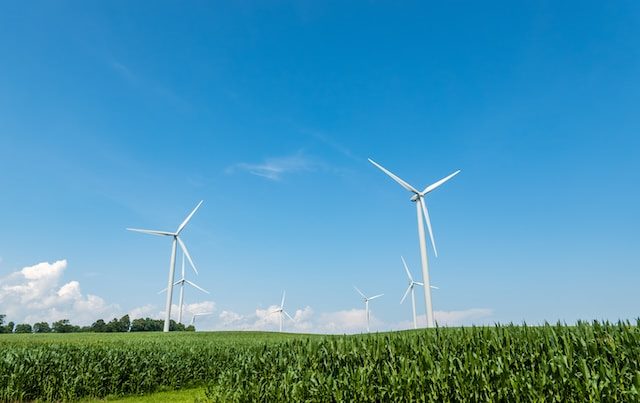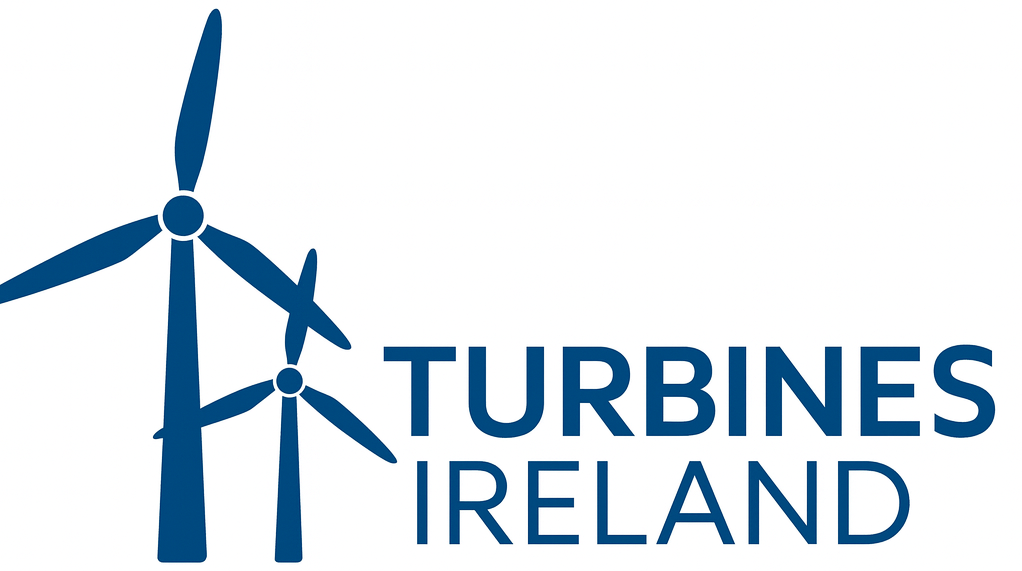
Hydropower, also known as hydroelectric power, is one of the oldest and most widely used renewable energy sources. It harnesses the power of flowing or falling water to generate electricity. In this article, we will explore the fascinating world of hydropower, its benefits, environmental impacts, and how to strike a balance between energy needs and sustainability.
How Does Hydropower Work?
Hydropower plants are usually located near rivers, waterfalls, or natural reservoirs. The process starts with the construction of a dam, which creates a reservoir by blocking the flow of a river. When water is released, it flows through turbines, which are connected to generators. The turbines convert the kinetic energy of the water into mechanical energy, which is then transformed into electrical energy by the generators.
This renewable energy source has several advantages:
- Renewable and Sustainable: Unlike fossil fuels, which are finite and contribute to climate change, water is an abundant resource and will continue to flow naturally.
- Reduced Greenhouse Gas Emissions: Hydropower produces minimal greenhouse gas emissions, making it a cleaner alternative to fossil fuel-based power generation.
- Reliable and Flexible: Hydropower plants can quickly respond to changes in demand since turbines can be started and stopped rapidly. This flexibility can help stabilize the electrical grid.
Environmental Impact and Concerns
While hydropower offers immense benefits, it is not without its environmental impact and concerns:
- Displacement of Communities: Constructing large dams may result in the displacement of communities living in the affected areas. This can lead to social and environmental issues.
- Alteration of Ecosystems: Dams can significantly alter the natural flow of rivers, affecting aquatic life, migratory patterns of fish, and sediment transportation.
- Reservoir-induced Seismicity: The filling of reservoirs can induce seismic activity in the surrounding areas, although it is usually of low intensity. Proper geological studies and dam design can mitigate this risk.
Strategies for Balancing Energy Needs and Sustainability
To strike a balance between energy needs and environmental sustainability, there are several strategies that can be employed:
1. Prioritize Small-Scale Hydropower
Large-scale hydropower projects often have significant environmental impacts. Small-scale hydropower systems, such as run-of-river or micro-hydro systems, have a smaller footprint and can be constructed in harmony with local ecosystems.
2. Implement Environmental Impact Assessments
Prior to constructing any hydropower project, a thorough environmental impact assessment should be conducted to identify potential risks and develop mitigation measures. This helps minimize the negative consequences on local communities and ecosystems.
3. Enhance Fish Passage
To ensure the conservation of fish populations, fish passage facilities, such as fish ladders or bypass channels, can be implemented. These structures allow fish to migrate upstream or downstream, maintaining healthy ecosystems.
4. Invest in Research and Development
Continued research and development in hydropower technology can lead to innovations that minimize environmental impacts and increase efficiency. This includes exploring new turbine designs, improving fish-friendly turbine technologies, and optimizing dam operations.
5. Promote Solar and Wind Power
While hydropower is a valuable source of renewable energy, no single energy source can meet all needs. Promoting the use of solar and wind power, particularly in regions where hydropower is limited or challenging, can diversify the energy mix and reduce reliance on a single resource.
Conclusion
Hydropower plays a vital role in meeting the world’s energy needs while contributing to a more sustainable future. By implementing strategies that prioritize sustainability and minimize environmental impacts, we can strike a balance between energy generation and ecological preservation. With ongoing research and responsible decision-making, hydropower will continue to be a reliable and valuable source of renewable energy.
